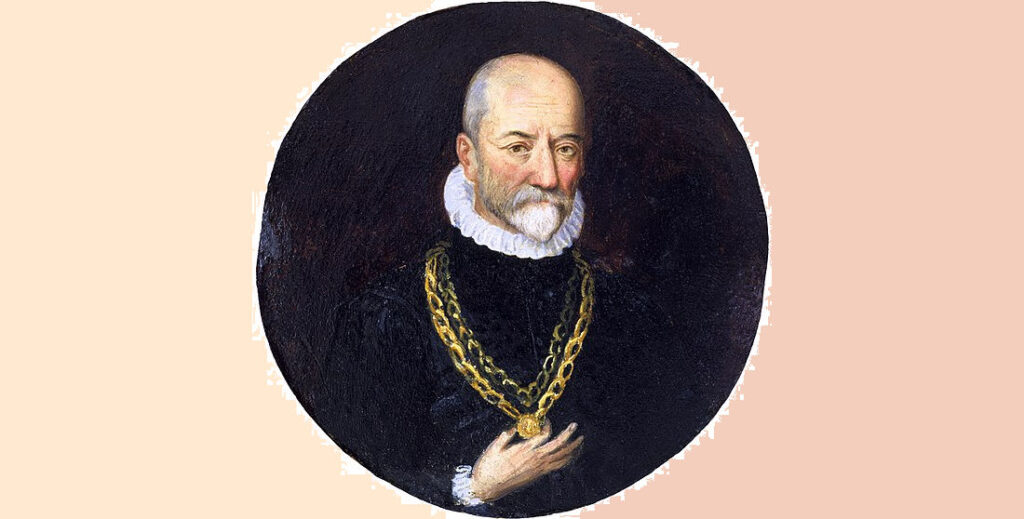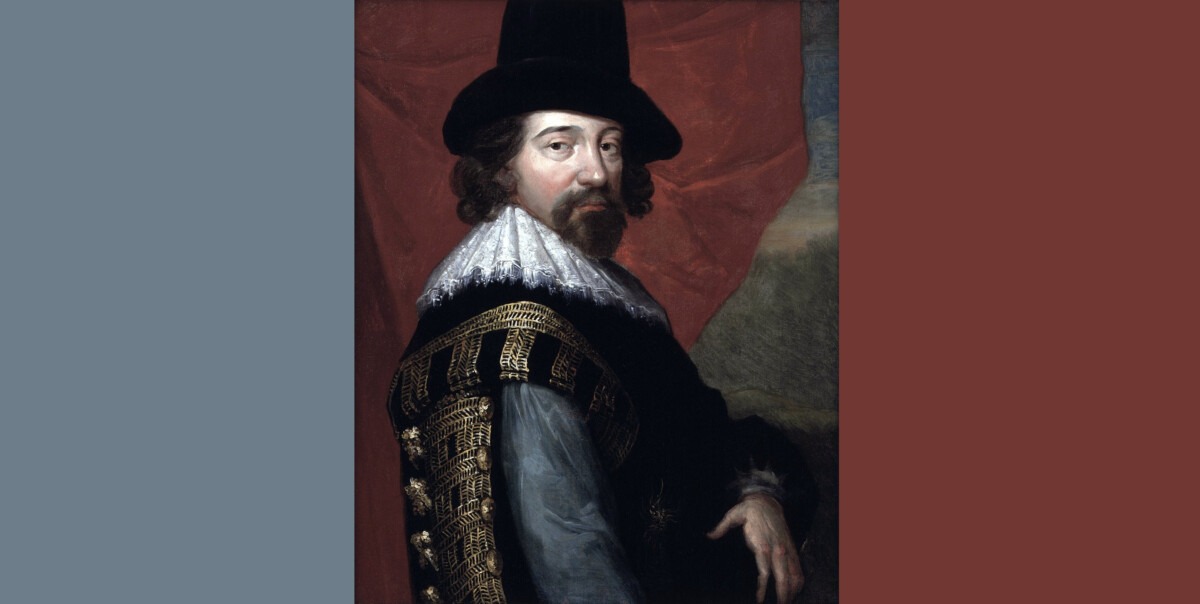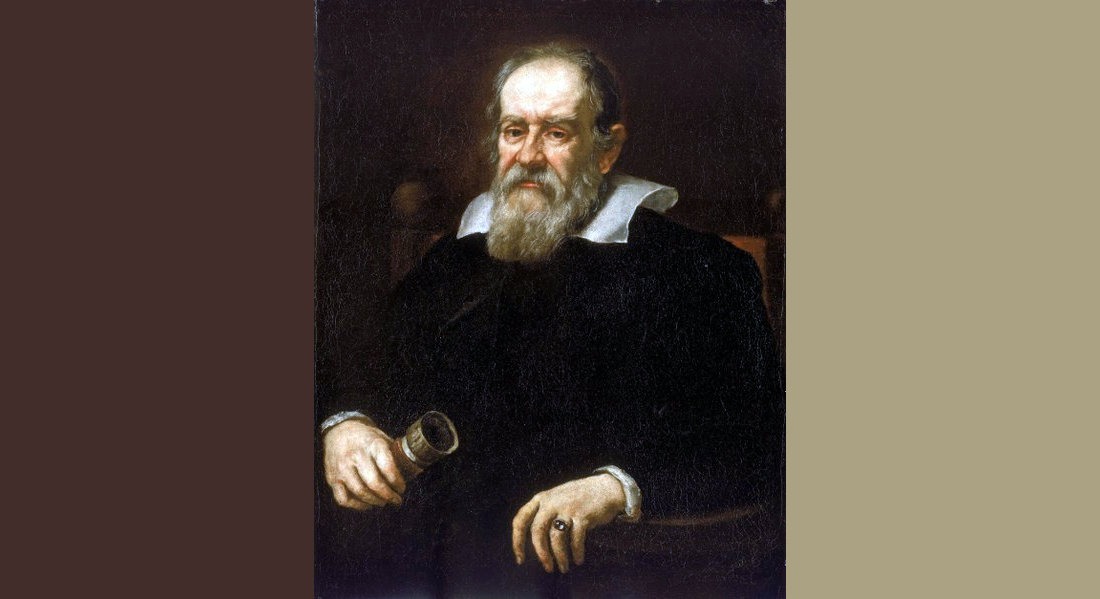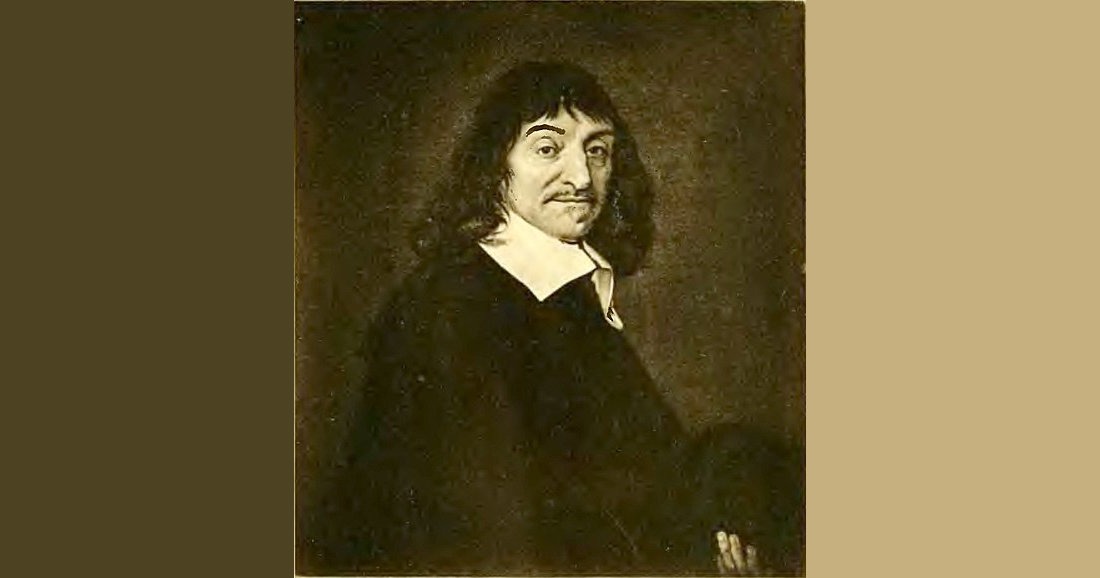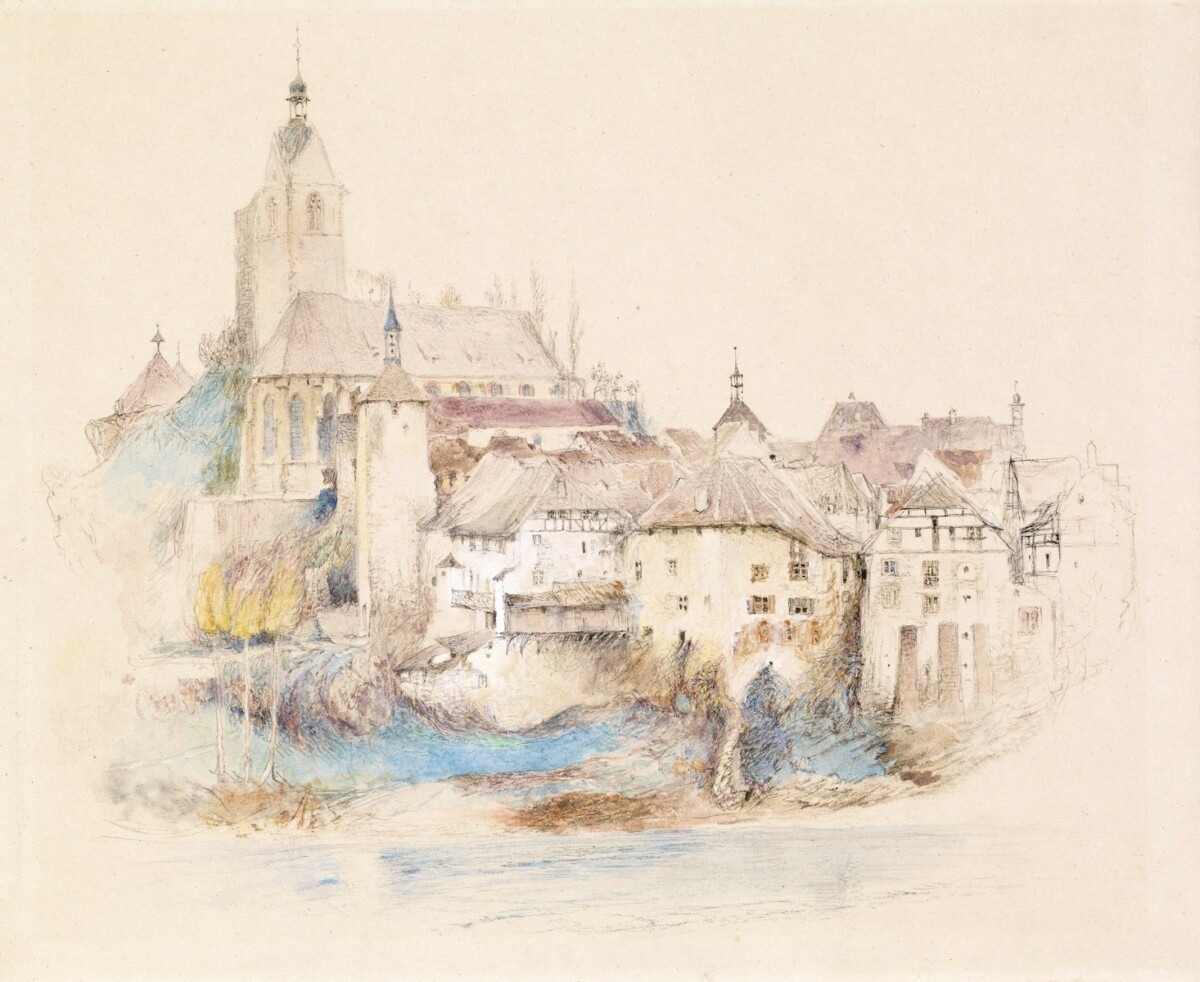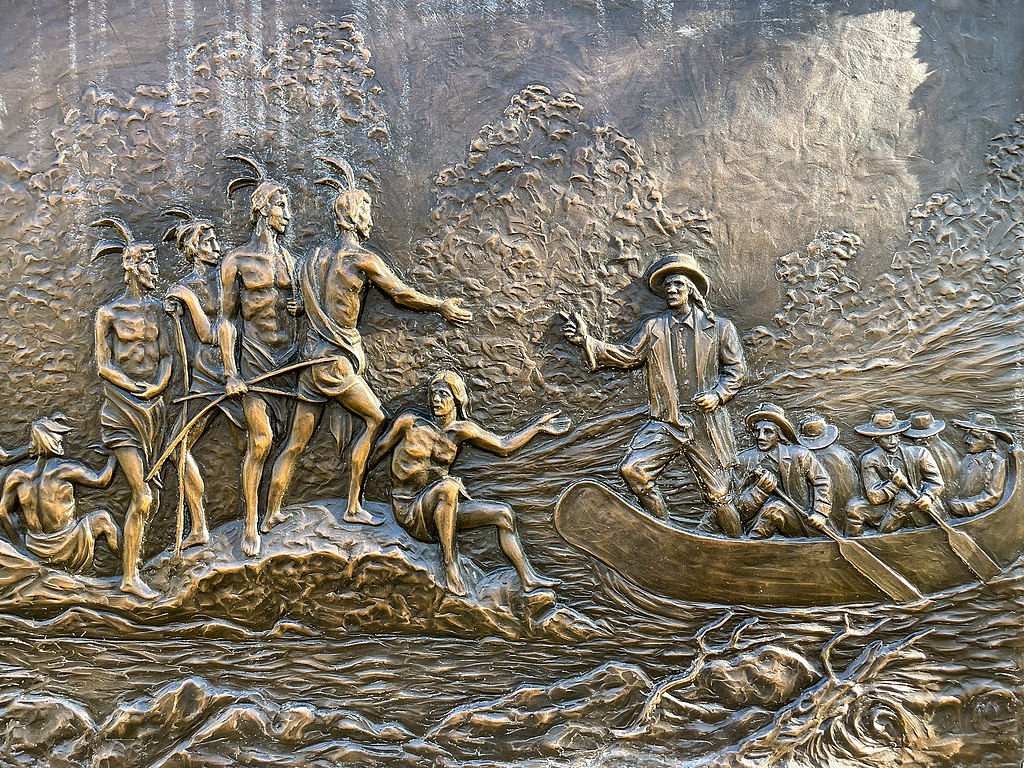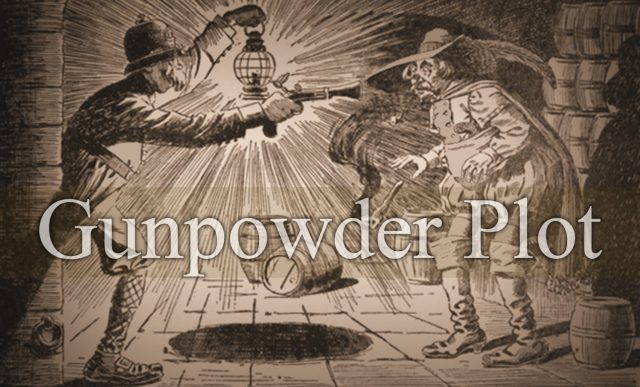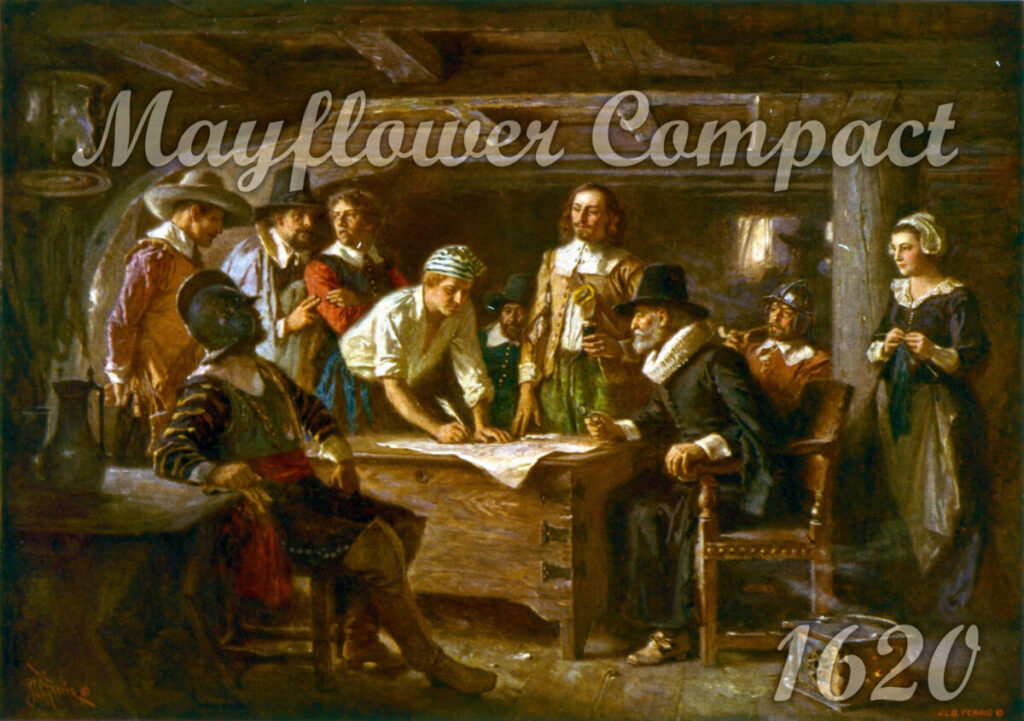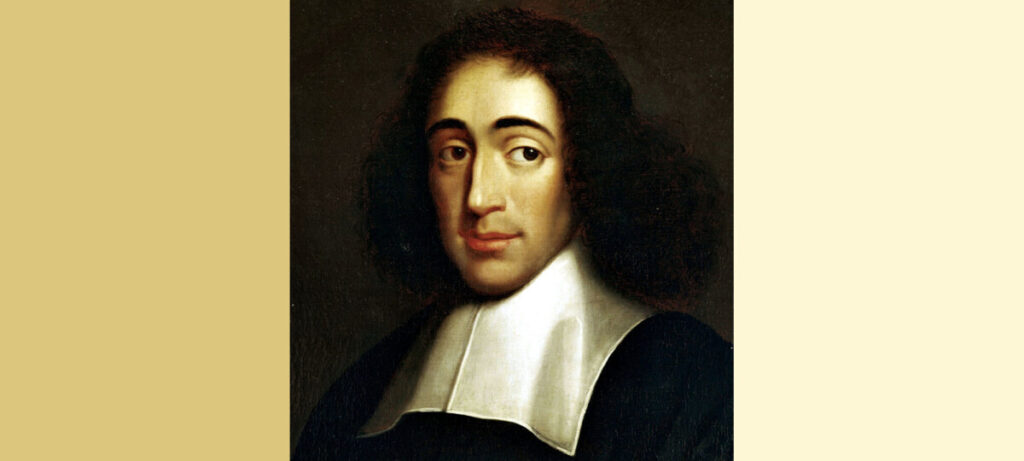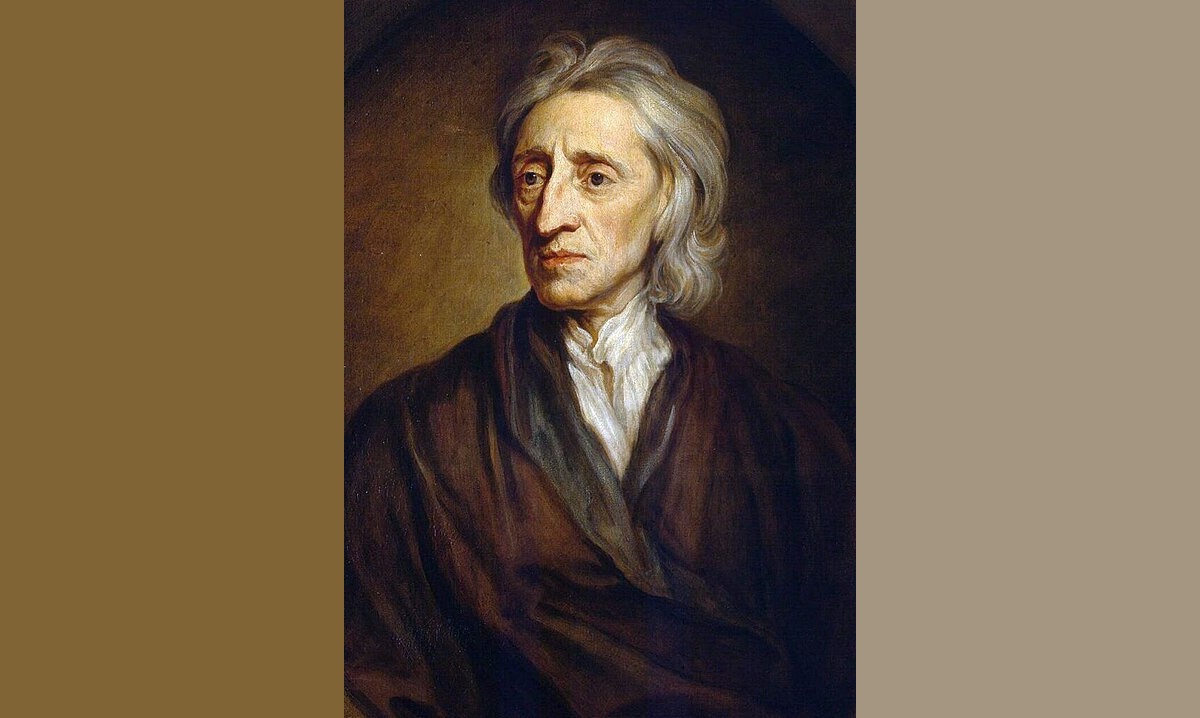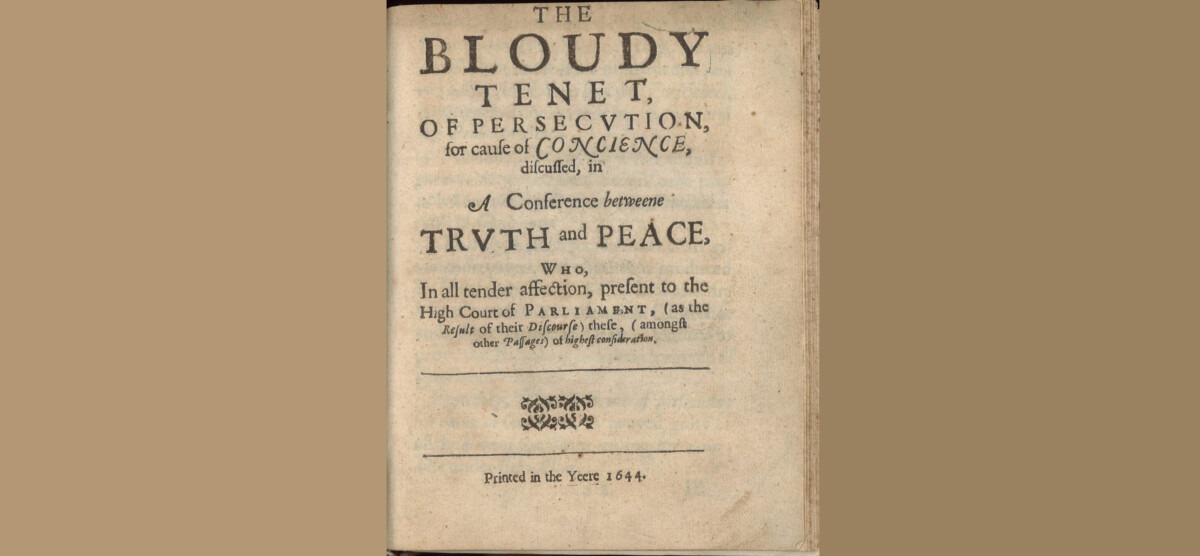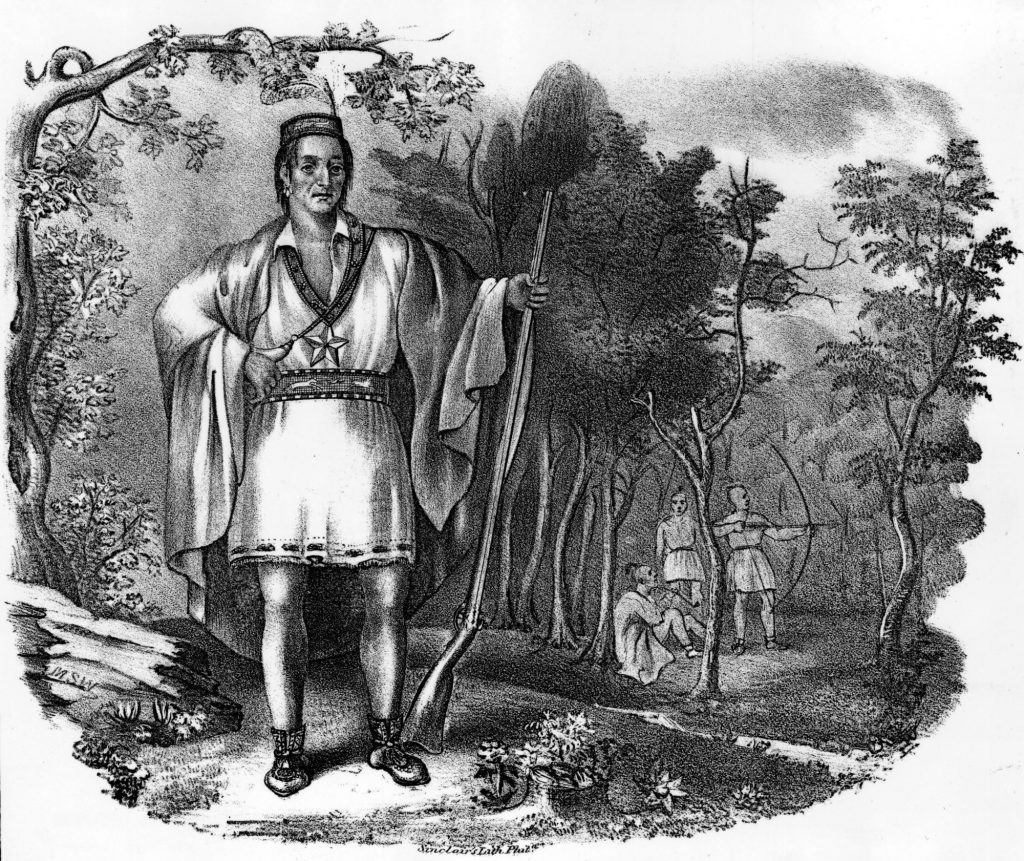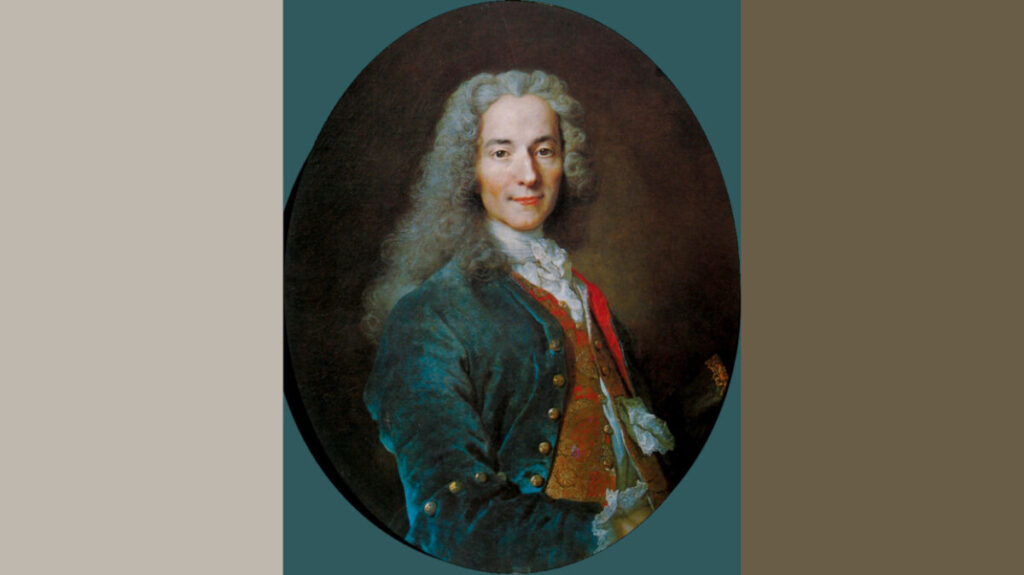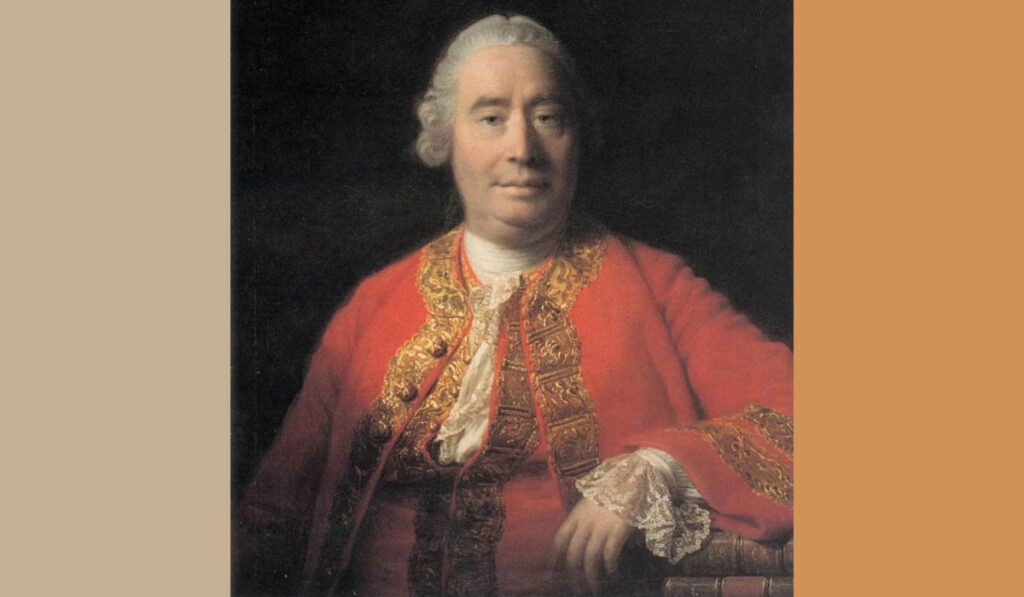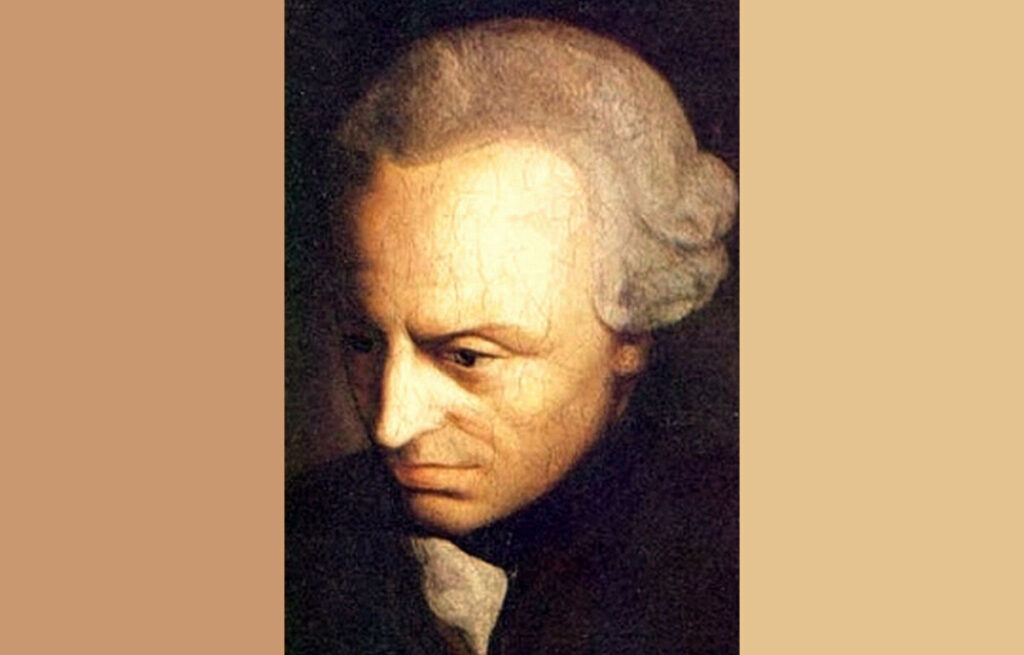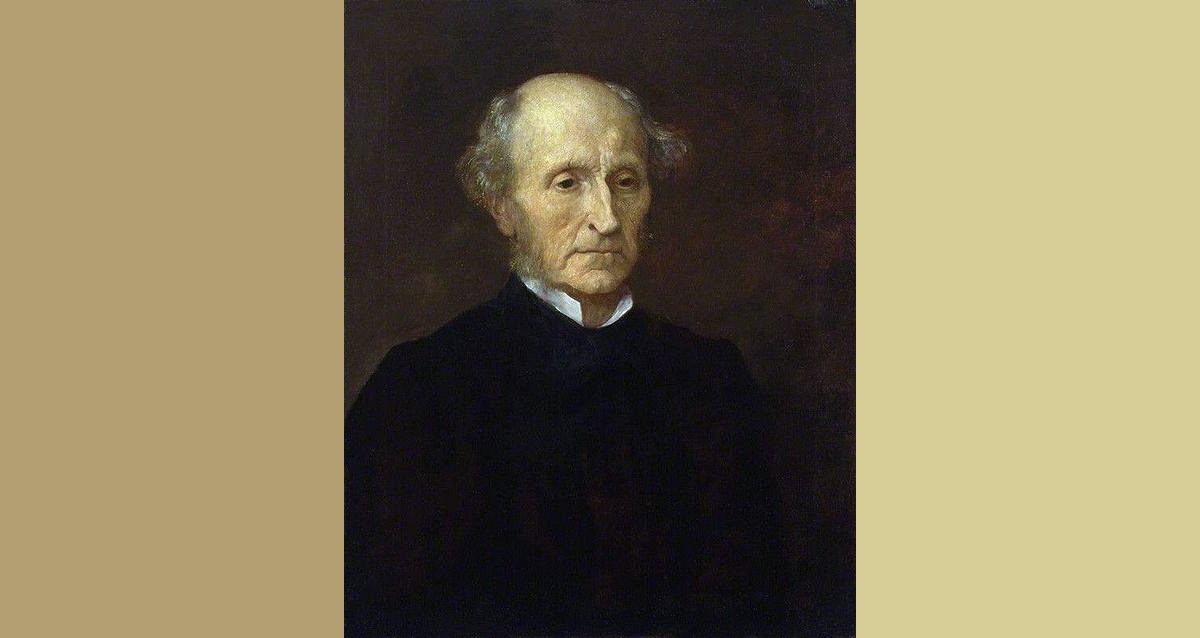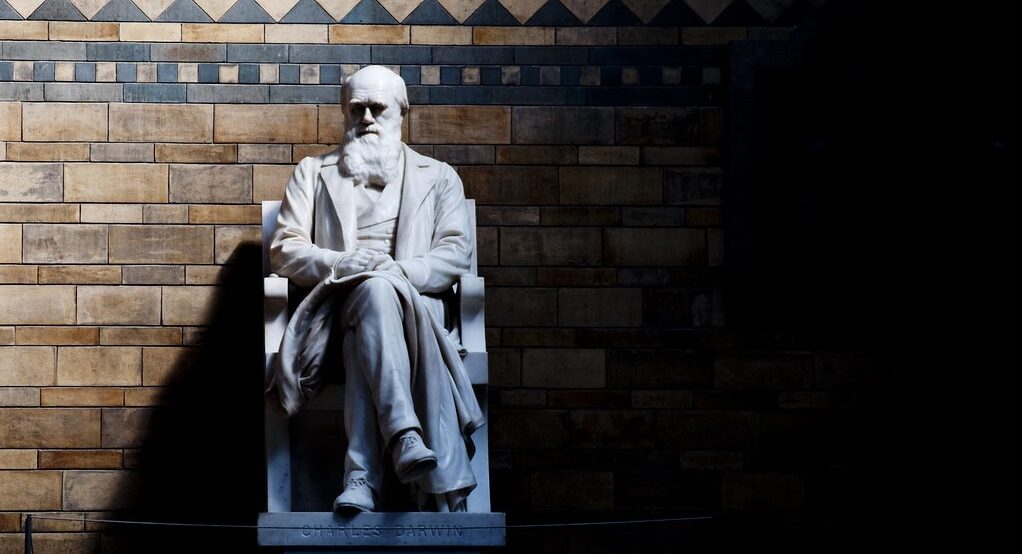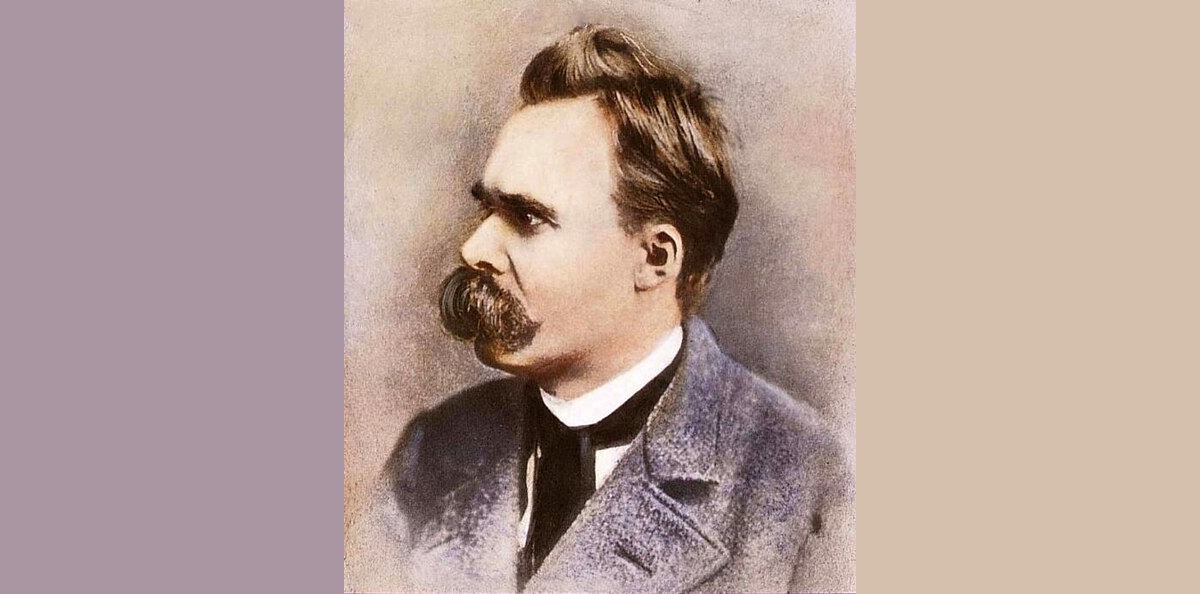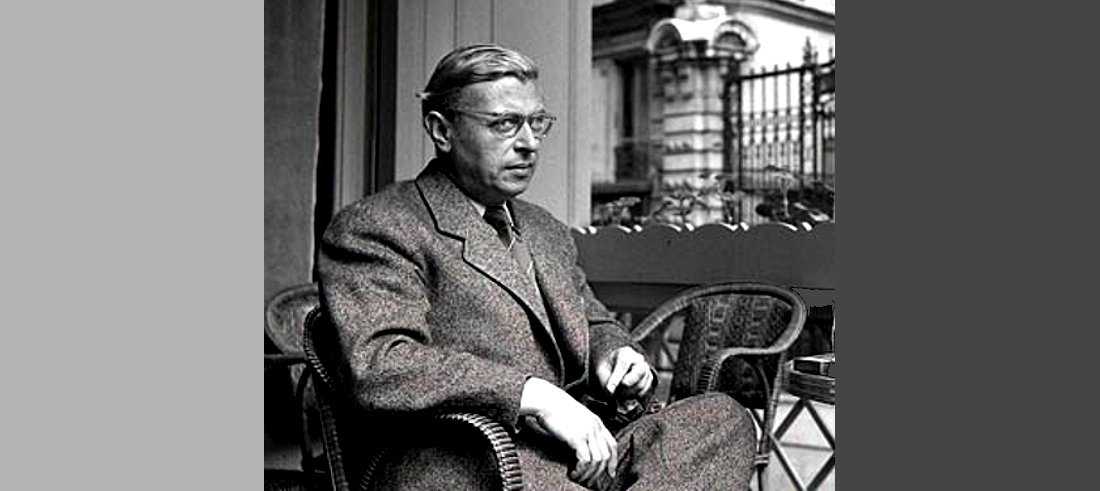World TL: All > Prehistory > Ancient History > Medieval > Post-Medieval
Post-Medieval: History, sliced into time periods, is yet another lens into humanity’s knowledge. These insights are the backbone to Mike‘s articles and his longer effort books. They are part of his lifelong commitment to study and represent his areas of focus. While they are not complete, they are useful.
The World History Timeline: Post-Medieval
Montaigne was one of the most significant philosophers of the French Renaissance. In addition to furthering skepticism, he also extended stoicism. He also extended literary style by promoting the essay format and by breaking norms of his day. For example, talking about himself in his own writing.
My favorite translated Montaigne quotes:
- Obsession is the wellspring of genius and madness.
- He who fears he shall suffer, already suffers what he fears.
- What do I know?
- My art and profession is to live.
30 Phil, Chapter 20: Francis Bacon and the Scientific Method
Francis Bacon was born on January 22, 1561, in London to a prominent and influential family. The young Francis Bacon received a comprehensive education, attending the prestigious Trinity College, Cambridge, at the age of 12. Bacon is the Father of the Scientific Method, but notice he is not the inventor. Bacon laid the foundation for his major work in “Novum Organum.” Published in Latin in 1620 when he was 59 years old. Bacon’s method pioneered inductive reasoning, but he didn’t invent it, but he did develop it into a method, and it gave birth to the scientific method.
Pictured: Portrait circa 1618, Francis was about 57.
Big History Thresholds: 1=Big Bang | 2=Stars&Galaxies | 3=Chemicals | 4=Solar System | 5=First Life | 6=TI | 7=Agrarian | 8=Science
The Modern Revolution: The 8th threshold for Big History began about 500 years ago and continues to the present day. It includes the scientific revolution, industrialization, and the information age, leading to rapid technological progress and profound changes in human societies globally. In 30 Philosophers, the modern age starts later in 1859 with Charles Darwin, but I follow human thought with a philosophical lens, Big History tells our story using the lens of a historian.
30 Phil, Chapter 21: Galileo and the Scientific Revolution
Galileo Galilei, more of a scientist than a traditional philosopher, forever altered our understanding of nature. He was born on February 15, 1564. Galileo was a great scientist in his time. His “way,” his method, of performing science helped push us toward our modern approach. The story of Galileo is also the story of Copernicus, and the story of modern cosmology. This is the era in which humanity started to learn about the fundamental structure of the universe. Galileo’s book “Two New Sciences,” published in 1638, contains his most significant contributions to science, particularly his work on motion and the strength of materials. Galileo was a master mathematician, and his contributions to mathematics were both scientific and philosophical. Galileo’s ideas about the infinitesimal were so clear, within decades, both Isaac Newton and Gottfried Leibniz independently developed calculus. Still under house arrest, he passed away at the age of 78 in January 1642.
Pictured: Portrait circa 1638, Galileo was about 74.
With the invention of the microscope, humanity became aware of the microworld which is defined as 1 to 1000 microns. A micron is equal to one thousands of a millimeter. A cell is about 10 microns wide. Paper is about 100 microns thick. The unaided human eye can see items as small as 50 microns, or about half the width of a piece of paper.
Scientists use three scales when talking about the biological world: the milliworld, microworld, and the nanoworld. The milliworld contains all visible items down to 1 millimeter and includes very small things such as ants, fleas, and grains of sand.
By 1640, the microscope was perfected to the point that allowed the introduction of the microworld to humanity. The microworld contains items with a diameter from 1 millimeter to 1 micrometer, or 1 micron. The microworld contains things like single celled organisms as well as the largest bacteria. By 1640, humanity started it’s introduction to trillions of organisms living everywhere including nearly everything you touch, in the ground, inside plants, and even inside humans. Humans host over 10,000 species of organisms in, on, and through the human body — known as the human microbiome. Every human no matter how clean you think you are is playing host to 10-100 trillion organisms. This fact gradually changed how every human on Earth views life.
The nanoworld which includes smaller bacteria as well as viruses, proteins, and molecules would have to wait for the invention of the electron microscope in 1931.
Note: The micron and micrometer are the same size, but you use microns (μ) when measuring thickness, and micrometers (μm) when measuring the distance between things. So you can say a cell is 10 microns wide, or you can say the diameter of a cell is 10 micrometers. The term nanomicron, which would be equal to a nanometer, is not currently in regular use.
30 Phil, Chapter 22: Descartes and Cartesian Dualism
René Descartes was born into minor nobility in the Kingdom of France on March 31, 1596. In 1637, Descartes published “Discourse on the Method,” he sought to identify certain knowledge by using doubt to strip away uncertain beliefs. Cartesian Skepticism is a system of doubt aimed at identifying certainties by dismissing all beliefs susceptible to even the slightest uncertainty. On February 11, 1650, in the presence of a small circle of friends, he exhaled his last breath.
From Baroque music and paintings to sculptures and archicture. The dawn of the 17th century witnessed the birth of the Baroque era, marking a transformative period in the history of art that spanned from circa 1600 to 1750 CE. Originating in Italy and spreading across Europe, the Baroque movement represented a significant evolution in artistic expression, characterized by its dramatic, detailed, and exuberant style. This era brought about a profound change in music, visual arts, and architecture, emphasizing motion, contrast, and a vivid sense of emotion that sought to engage the viewer or listener directly. In music, the Baroque period saw the invention of opera as a new form of musical and theatrical expression, the development of complex tonal systems, and the creation of instrumental music forms such as the concerto and sonata. Composers like Johann Sebastian Bach, Antonio Vivaldi, and George Frideric Handel epitomized the Baroque’s intricate harmonies and elaborate compositions. The Baroque era’s emphasis on blending different forms of art to evoke a heightened emotional response represented a significant evolution in the way art was conceived and experienced. It laid the groundwork for future artistic movements and continues to influence the arts profoundly, underscoring the intricate relationship between human emotion, expression, and creativity in the journey of cultural development.
30 Phil, Chapter 23, Roger Williams, Touchstone 58: Liberalism.
Liberalism emphasizes personal freedom for all, individual rights, equality before the law, and limited government intervention. A suitable guiding statement is:
“Social progress through individual autonomy, political freedom, civil liberties, and equality for all.”
Emerging from the intellectual ferment of the Enlightenment, liberalism offered a radical departure from the classism that dominated for centuries.
30 Phil, Chapter 23: Roger Williams and Liberalism
Roger Williams was born in England around 1602, in Smithfield, situated at the heart of London. Williams officially founded Providence Plantations in 1636 with an informal agreement with the local Native American leaders. It became the fifth American colony and the second in the New England region. In 1644, he published a series of pamphlets, the more contentious ones anonymously, leading up to penning what would become his magnum opus: “The Bloudy Tenent of Persecution,” or “Bloody Tenet.” More than a historical or religious treatise, the Bloody Tenet is a seminal work. It launched a full-throttle assault on the prevailing norms of religious and political intolerance that plagued both Old and New England. Williams passionately argued for the separation of church and state.
Pictured: No images exist of Roger Williams. This artist impression represents his fond relations with Native Americans.
30 Phil, Chapter 23, Roger Williams, Touchstone 57: Separation of Church and State.
More than a historical or religious treatise, the Bloody Tenet by Roger Williams is a seminal work. It launched a full-throttle assault on the prevailing norms of religious and political intolerance that plagued both Old and New England. In it, he passionately argued for the separation of church and state insisting that governments had no role in regulating thought or belief. One of Williams’ most evocative lines was the call for separation:
“…a hedge or wall of separation between the Garden of the Church and the Wilderness of the world.”
The Gunpowder Treason Plot is the name of the Roman Catholic conspiracy to blow up Parliament including King James I, the queen, and his eldest son. The conspirators were zealous Roman Catholics angered by the King’s refusal to grant more religious toleration to Catholics. They hoped the confusion that would follow the murder of the king, his ministers, and the members of Parliament would provide an opportunity for the English Catholics to take over the country.
The authorities were tipped off by an anonymous letter. During a search of the House of Lords at about midnight on 4 November 1605, one of the conspirators was discovered guarding enough gunpowder to reduce the House of Lords to rubble — about 36 barrels. The attempt failed. The conspirators were executed.
The Mayflower Compact set out rules for self-governance for the English settlers who traveled to Colonial America aboard the Mayflower ship in 1620. Of the 102 passengers aboard the Mayflower only 41 were Pilgrims. It was this minority body that established the rules for which they tried to force on all. The majority of passengers disagreed with and fought against the compact for many years–a rough start to American democracy. The document was signed by the 41 pilgrims, non of the other white male adults called “strangers” by the pilgrims signed it.
Mike Prestwood Note: One of the Pilgrims and signers of the Mayflower Compact was my direct ancestor Richard Warren (my 10th great grandpa on my mom’s mom side).
Homann-Rudisill Note: My wife Lisa Jane Unsicker is a direct descendent of 4 Mayflower passengers John Tilley, his wife, and daughter are direct ancestors. Also, John Howland, the future husband of 13 year old Elizabeth Tilley is also a direct ancestor of Lisa’s.
30 Phil, Chapter 25: Spinoza and Monism
The Dutch philosopher Spinoza was a lens grinder by profession, a proponent of Rationalism, and an early founder of Enlightenment. My favorite concept of Spinoza’s is that God is nature, and nature is God. For me, whenever I read God in prayers and such I substitute the word nature. That concept I attribute to Spinoza. The concept doesn’t mean God does not exist, nor vice versa, it’s simply an acknowledgment of all interpretations of God, Gods, and nature and the fact, by my account, that we have no proof God exists or not.
Some of my favorite translated quotes include:
- I call him free who is led solely by reason.
- Whatsoever is contrary to nature is contrary to reason, and whatsoever is contrary to reason is absurd.
- Peace is not an absence of war, it is a virtue, a state of mind, a disposition for benevolence, confidence, justice.
- The highest activity a human being can attain is learning for understanding, because to understand is to be free.
30 Phil, Chapter 24: Locke and Natural Rights
John was born on August 29, 1632 into a Puritan family in England. During his life, John Locke was focused on empiricism. He goes on to become a key figure in the empiricist revolution, with a dedication to the doctrine that experience is how knowledge is acquired. One of his popular ideas he published under his name was “tabula rasa,” in his work “An Essay Concerning Human Understanding.” Locke’s “tabula rasa” translates to blank slate, and this idea is central to individual rights and freedoms.
In 1644, Williams published The Bloudy Tenent of Persecution. Historians consider it his most famous work. He wrote Bloudy after arriving in London in midsummer 1643. It was on sale by July 15, 1644. It is a fierce attack on religious and political intolerance in both Old England and New. He advocated for free thought and belief because he felt that punishing those that did not believe was not part of his faith and government should be separate from religion. Roger advocated for a “hedge or wall of Separation between the Garden of the Church and the Wilderness of the world” in order to keep the church pure. His ideas raised questions and challenges but his ideas endured over time.
The Great Quaker Debates occurred in 1672 on Aug 9, 10, 12, and 17 of August. Although Roger Williams welcomed those with differing opinions, he relished in the opportunity to present his viewpoint. Famously, in 1672 at the age of about 69 or 70, he rowed alone, all night from Providence to Newport to debate the Quakers at 9AM. The first session of the debate was held on the 9th, 10th, and 12th of August 1672 in Newport. His brother Robert was then a school master at Newport and helped with the debates. On the 17th, the debate continued one more day in Providence. Many attended both sessions. Roger presented 14 arguments during the debate.
Four years later he published a book on the debates titled, “George Fox Digg’d out of his Burrowes”.
The King Philip’s War started on Jun 20, 1675, and ended on Apr 12, 1678. An elderly Roger Williams played a key role in the conflict. At the urging of Roger Williams, the Narragansett natives maintained neutrality during the early months of King Phillip’s War.
Later in 1676, a large army of about 3,500 native warriors led by chief sachem Canonchet marched north along the coast destroying towns. Roger went out to meet with the native leaders. Their discussions began with Roger scolding the Narragansett for becoming involved in the war. That led nowhere so he attempted to bluff them by saying they were not good fighters, and that 100 English could hold them off. His bluff was called and the Narragansett accepted a face off. He reacted by doing what he was known to do best, negotiate. He asked for the Narragansett to give him their demands so he could negotiate for them. His proposal was rejected. When Roger turned to walk away. He was warned by the natives that there were some young braves on his side of the river that might ‘do him some mischief,’ and he could safely return to the blockhouse by walking along the water’s edge.
The natives burned most of Providence. Roger’s home and crops were among those burned. Roger survived and helped rebuild Rhode Island, but mainly focused on Providence. For a time, he lived in his son Joseph’s home. He lead the first meeting after the war outside under a tree.
Invented by Newton in the 1660s (pub. 1687) and independently by Leibniz in the 1680s (pub. 1684). Both built on Galileo’s popularizing the idea of the infinitesimal.
Calculus, the mathematical study of continuous change, introduced the concepts of differentiation and integration, providing tools to model and analyze motion, growth, and the infinitesimal. Newton, working primarily in England, utilized calculus to formulate his laws of motion and gravitation, fundamentally altering our understanding of the physical universe. Simultaneously, Leibniz developed a similar set of mathematical tools, contributing a notation system that remains in use to this day. He introduced the integral sign (∫) and the differential operator (d), foundational in calculus for representing integration and infinitesimal changes, respectively. His “dy/dx” notation for derivatives elegantly describes rates of change, all of which remain central to calculus today.
30 Phil, Chapter 26, Voltaire, Touchstone 67: Fourth Estate.
The fourth estate refers to the role of media in society. During Voltaire’s time, the seeds were being sown for the concept of the fourth estate. This was due in part to his tireless advocacy for freedom of speech and the press, an echo of the force of public opinion.
30 Phil, Chapter 26: Voltaire and Modern Journalism
Voltaire was a French Enlightenment philosopher born François-Marie Arouet. He was an advocate of civil liberties and satirized intolerance, and religious dogma in a time one was punished with censorship, jail, banishment, or worse.
Some of my favorite Voltaire quotes translated from French:
- Those who can make you believe absurdities can make you commit atrocities.
- Opinion has caused more trouble on this little earth than plagues or earthquakes.
- In the case of news, we should always wait for the sacrament of confirmation.
30 Phil, Chapter 27: Hume and Skeptical Empiricism
The Scottish Enlightenment philosopher and historian Hume was a leading exponent of empiricism. The belief that all human knowledge derives solely from experience.
Some of my favorite Hume quotes:
- “A wise man proportions his belief to the evidence.” -A Treatise of Human Nature, 1739
- “The life of man is of no greater importance to the universe than that of an oyster.”
- “Generally speaking, the errors in religion are dangerous; those in philosophy only ridiculous.”
30 Phil, Chapter 28: Kant and Kantianism
The German philosopher Immanuel Kant (22 April 1724 – 12 February 1804) was a central figure of the Enlightenment which put reason as the tool of choice when discussing God, nature, and humanity.
Some of my favorite translated quotes include:
- All our knowledge begins with the senses, proceeds then to the understanding, and ends with reason. There is nothing higher than reason.
- Nothing is divine but what is agreeable to reason.
- We can judge the heart of a man by his treatment of animals.
- It is beyond a doubt that all our knowledge begins with experience.
30 Phil, Chapter 27, Hume, Touchstone 70: The Problem of Induction.
The logic behind induction is inherently circular, hence, the problem of induction. We expect future events to be like past events because this has generally been true in the past. This justification itself is inductive, making the whole process circular and self-referential. Although induction works effectively in predictable ways, the problem of induction remains a captivating puzzle without an easy solution.
30 Phil, Chapter 29: Mill and Utilitarianism
John Stuart Mill was born on May 20, 1806, in London, to James Mill, a Scottish-born philosopher and economist, and Harriet Barrow. His Greatest Happiness Principle lies at the core of utilitarianism, advocating for actions that maximize utility, generally understood as producing the greatest well-being for the most people, but how do you measure or evaluate this “utility” or “happiness?” On May 8, 1873, at age 66, surrounded by a few friends and his stepdaughter Helen, John Stuart Mill took his final breaths.
Charles Darwin, born on February 12, 1809, and passing on April 19, 1882, was an English naturalist whose groundbreaking work laid the foundation for the theory of evolution. His voyage on the HMS Beagle and the subsequent observations he made led him to formulate his theory of natural selection, published in his seminal work “On the Origin of Species” in 1859. This theory revolutionized the biological sciences by proposing that all species of life have descended over time from common ancestors. Darwin’s meticulous research and profound insights into the natural world have had a lasting impact on science and our understanding of life’s diversity.
Alfred Russel Wallace lived from January 8, 1823, to November 7, 1913. He is best known for independently proposing the theory of evolution by natural selection, prompting Charles Darwin to publish his own findings. Wallace’s work as a biologist, anthropologist, and geographer took him to the Amazon and the Malay Archipelago, where he identified the Wallace Line, a boundary between Asian and Australian fauna.
A prolific writer, Wallace’s unconventional ideas on evolution earned him the nickname “The Heretic of Darwinism.” His anthropocentric view led him to believe the human mind was too complex to be explained by natural selection alone. He was skeptical of subcategories of behavioral selection, such as sexual selection, believing many traits attributed to them could be better explained by natural selection focused on survival. However, he acknowledged artificial selection, understanding it as a process driven by human intervention.
30 Phil, Chapter 30: Nietzsche and Nihilism
Friedrich was born on October 15, 1844, on the 49th birthday of the Prussian King, after whom he was named. In 1869, at the age of 24, Nietzsche was appointed as a professor of classical philology at the University of Basel in Switzerland. The mustachioed-musician-philosopher Nietzsche shows us that his life was not solely confined to the rigor of intellectual quests; it also embraced the landscapes of creative artistry and a fervor for living a life well-lived.

James Clerk Maxwell predicted electromagnetic waves, but he did not perform experiments to prove their existence. His prediction was based on his work on the classical theory of electromagnetic radiation, which unified electricity, magnetism, and light as different manifestations of the same phenomenon. Maxwell’s equations for electromagnetism predicted the existence of waves of oscillating electric and magnetic fields that travel through empty space at a speed that could be predicted from simple electrical experiments. The existence of electromagnetic waves was later experimentally confirmed by Heinrich Hertz in 1887.
- 1831: Michael Faraday discovers electromagnetic induction: electric current in a wire.
- 1864: James Clerk Maxwell publishes “A Dynamical Theory of the Electromagnetic Field,” where he predicts the existence of electromagnetic waves, including radio waves.
- 1887: Heinrich Hertz experimentally demonstrates the existence of radio waves, confirming Maxwell’s theories.
- 1895: Guglielmo Marconi, first practical use, radio waves to transmit Morse code without wires.
- 1906: Reginald Fessenden, first radio broadcast of audio (both music and speech) on Christmas Eve.
- 1920s: Radio becomes a popular medium for entertainment and news
In 1905, radiometric dating was discovered. It is a method used to date rocks and other objects based on the known decay rate of radioactive isotopes. This technique is used to date rocks. Paleontologists regularly order discoveries in chronological order and estimate their age. Knowing the age of rocks allows paleontologists to assign known values to rocks and fossils to firm up the known historical calendar.
30 Phil, Chapter 31: Sartre and Existentialism
Jean-Paul Sartre arrived in the Material World on June 21, 1905. Born in Paris to a modest family. Sartre, the chain-smoking existentialist who frequented Parisian cafes, is most remembered as an activist writer and for his idea of “bad faith.”
In 1906, Reginald Fessenden achieved the first analog transmission of sound over radio waves on Christmas Eve. An analog transmission is like a flowing river that continuously changes its speed and depth to carry things along its path. In analog communication, sounds or images are directly transformed into continuous signals that mimic the original. For example, if you shout into a microphone, the resulting signal fluctuates exactly like your voice waves, getting higher and lower with the pitch and volume of your shout.
Before that, Guglielmo Marconi, an Italian inventor, transmitted the first analog radio signals in 1895, using a process where a continuous signal, like a wave, is modified to represent information.
In the 1940s, the first digital transmission occurred. A digital transmission is like sending a message using Morse code, where everything is broken down into a series of beeps (dots and dashes). In digital communication, sounds or images are converted into a series of numbers (0s and 1s). This digital code represents the sound or image but in a format that’s either on or off, much like flipping a switch. This makes digital signals easier to send without loss of quality, even over long distances.
Starting in 1931 with the invention of the electron microscope, the nanoworld became visible to us. The nanoworld contains items as small in diameter as 1 micrometer (1 micron) to a diameter 1,000 times smaller, a diameter of 1 nanometer. The nanoworld includes the smallest single celled organisms, the smallest bacteria as well as viruses, proteins, and molecules.
Note: The virus was discovered in 1892 through scientific experiments and first seen in the 1930s.
In 1946, Willard Libby created the method for dating organic materials by measuring their content of carbon-14, a newly discovered radioactive isotope of carbon. This dating technique provides objective age estimates within a few decades for carbon-based objects that originated from living organisms.
End of timeline. Review…
World TL: All > Prehistory > Ancient History > Medieval > Post-Medieval



